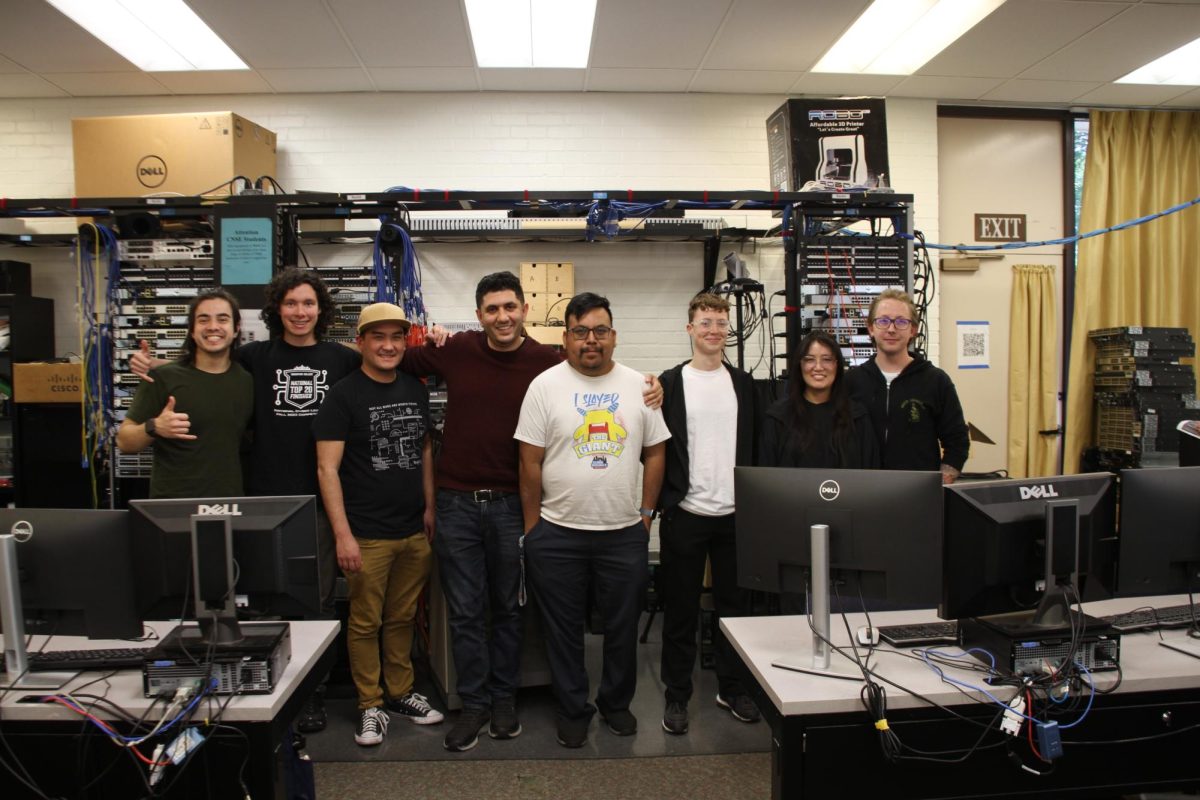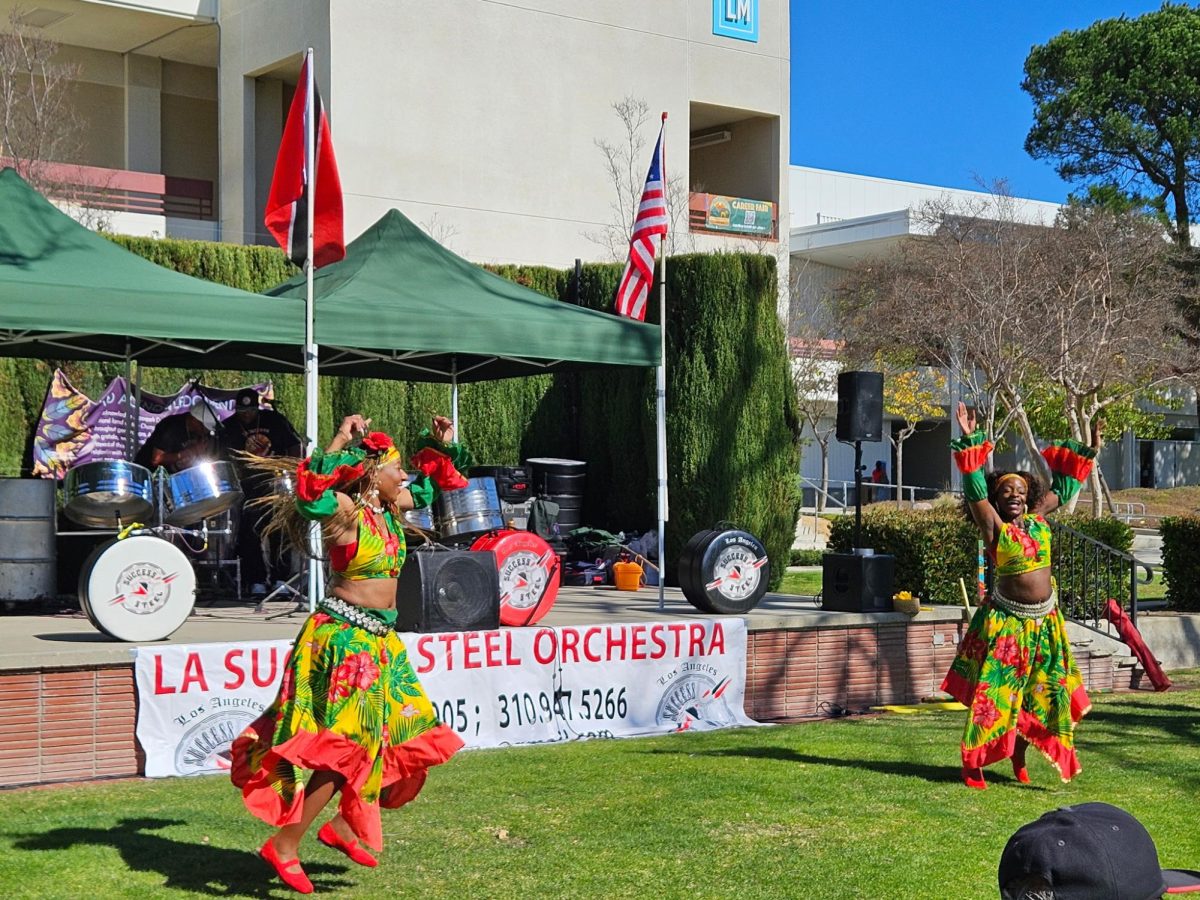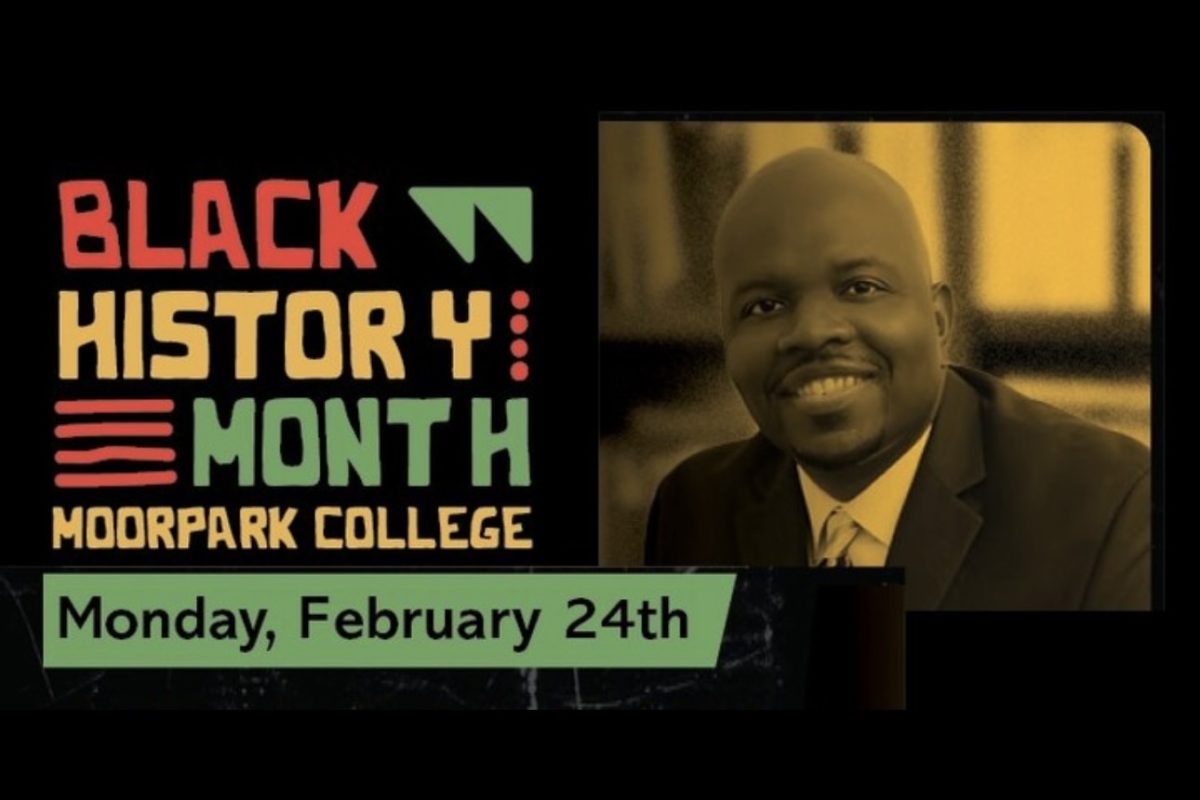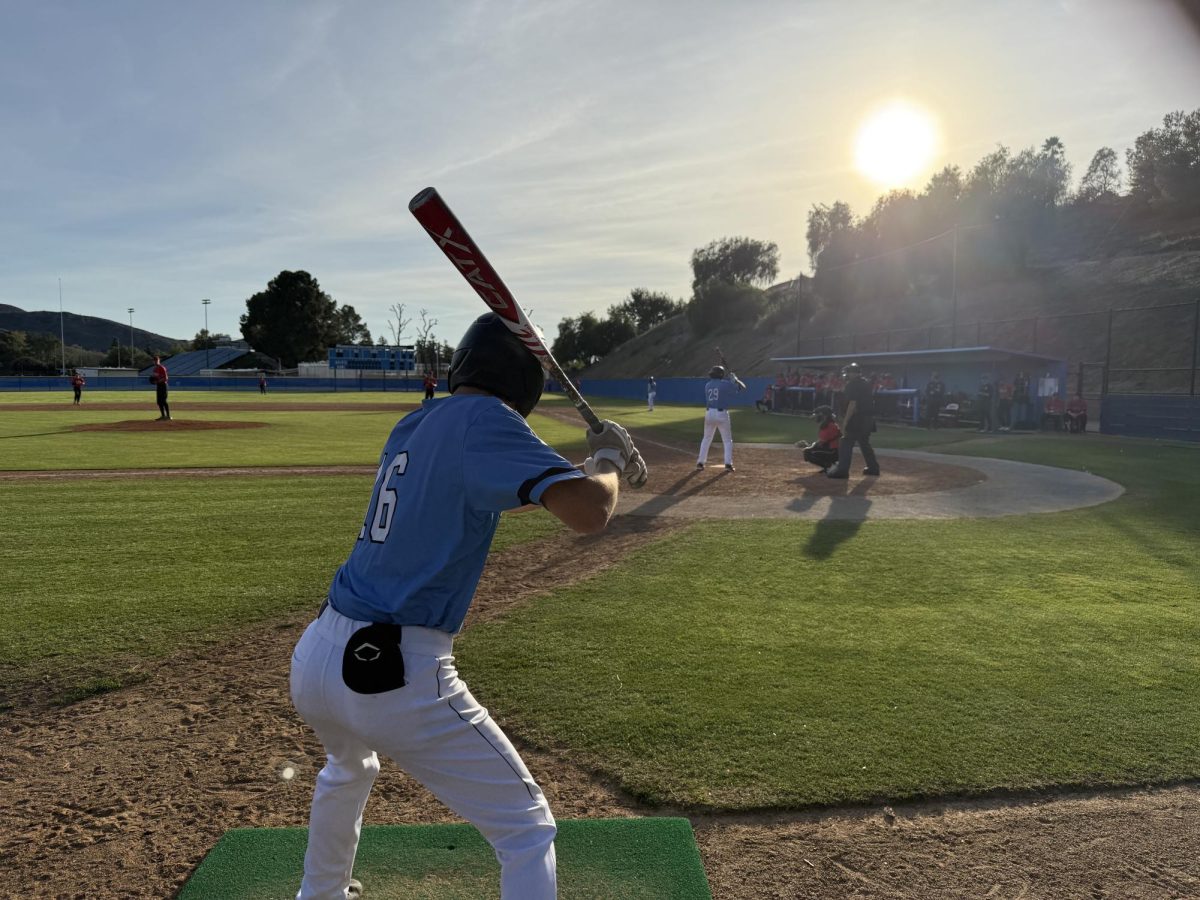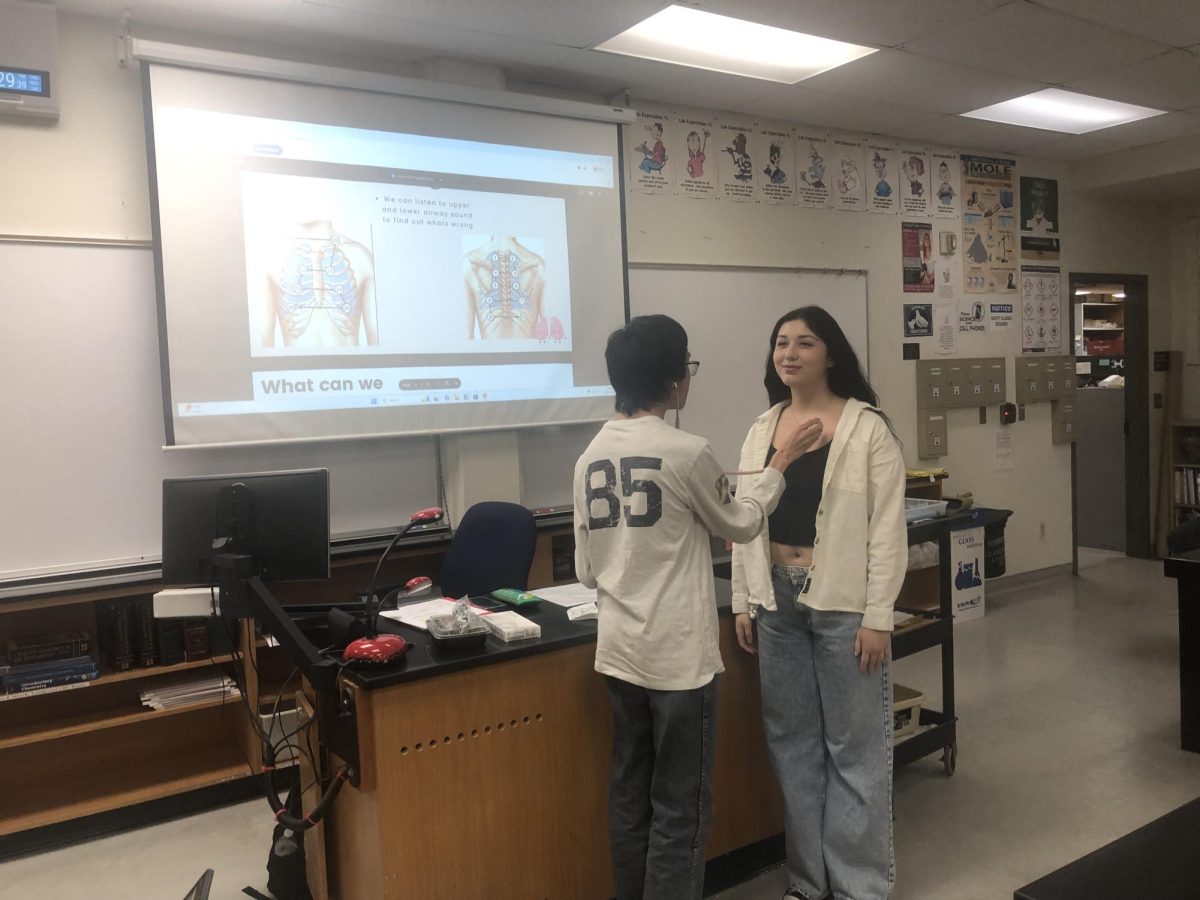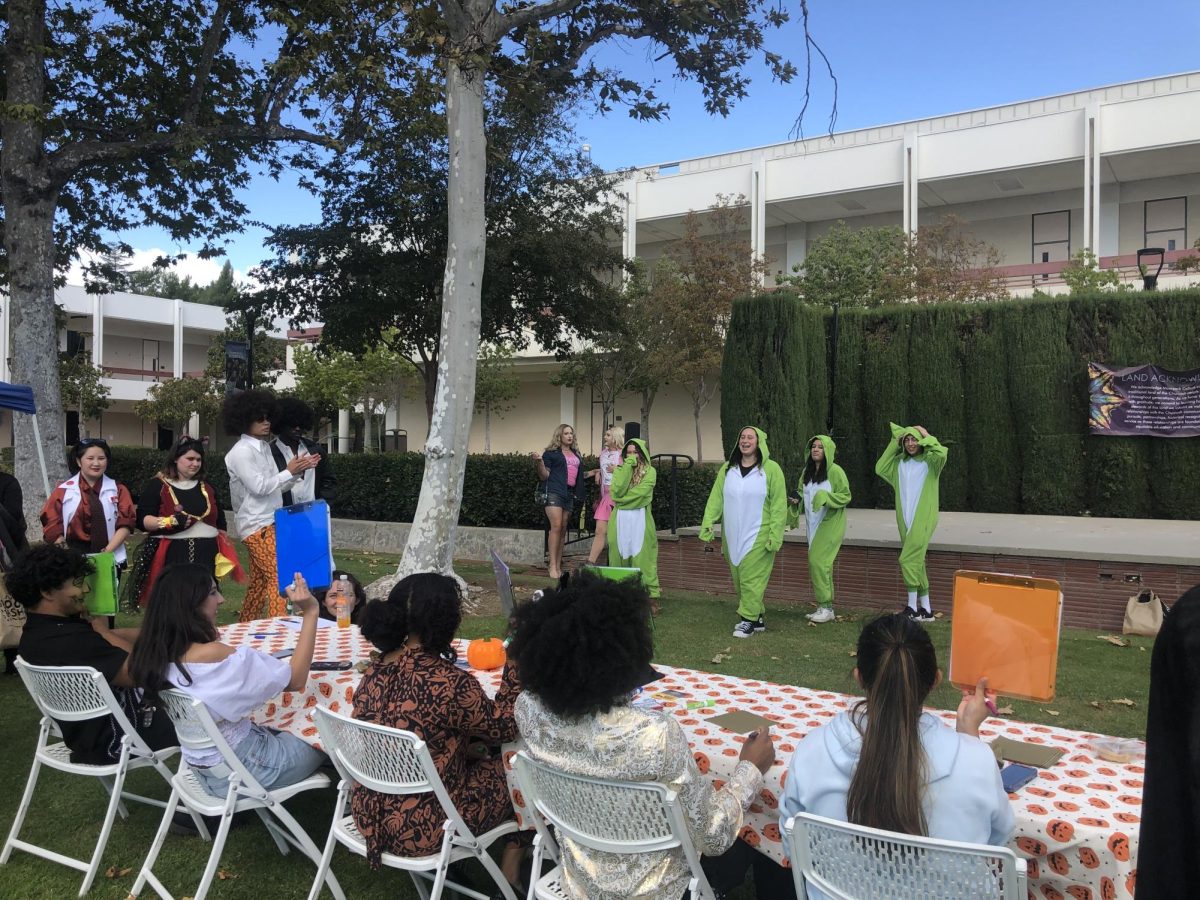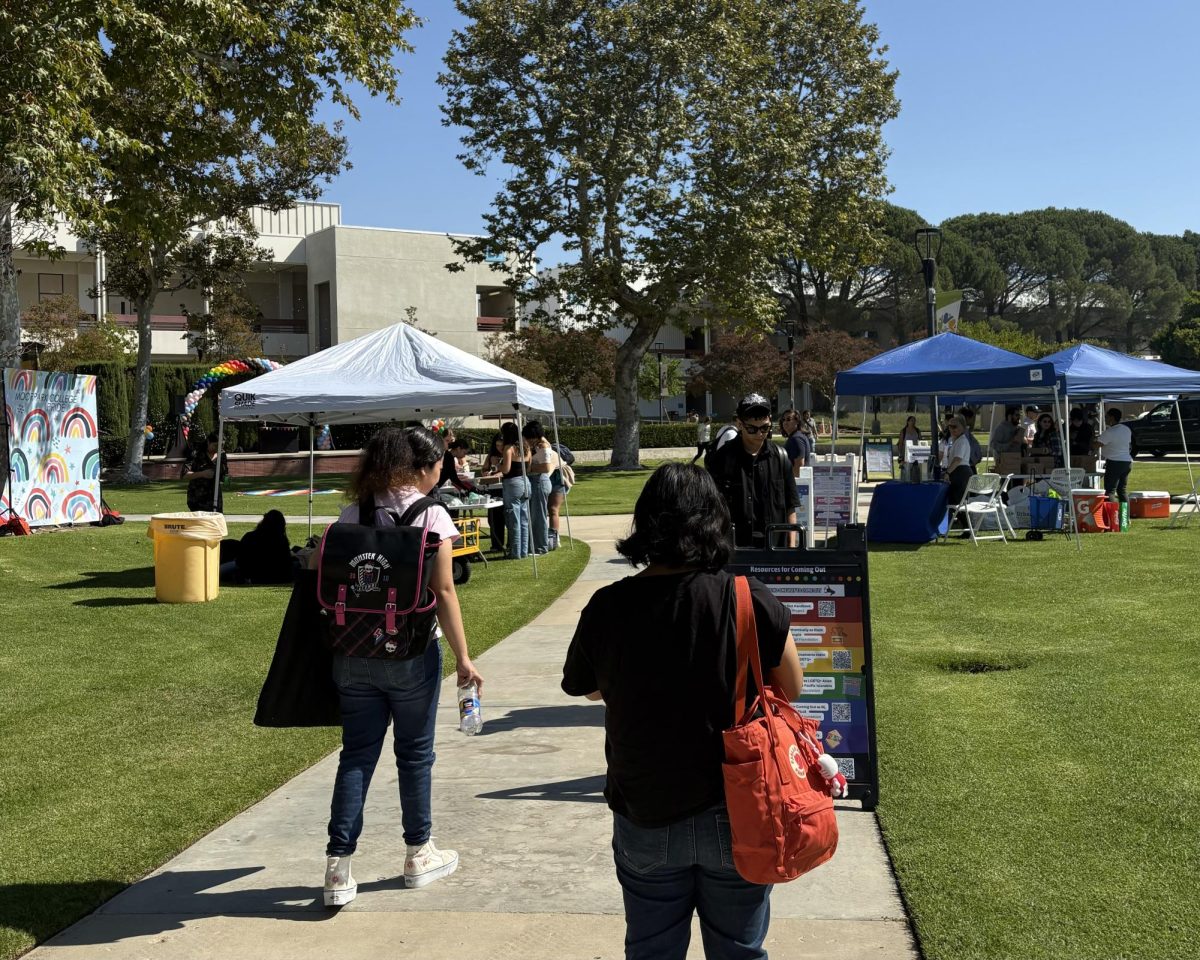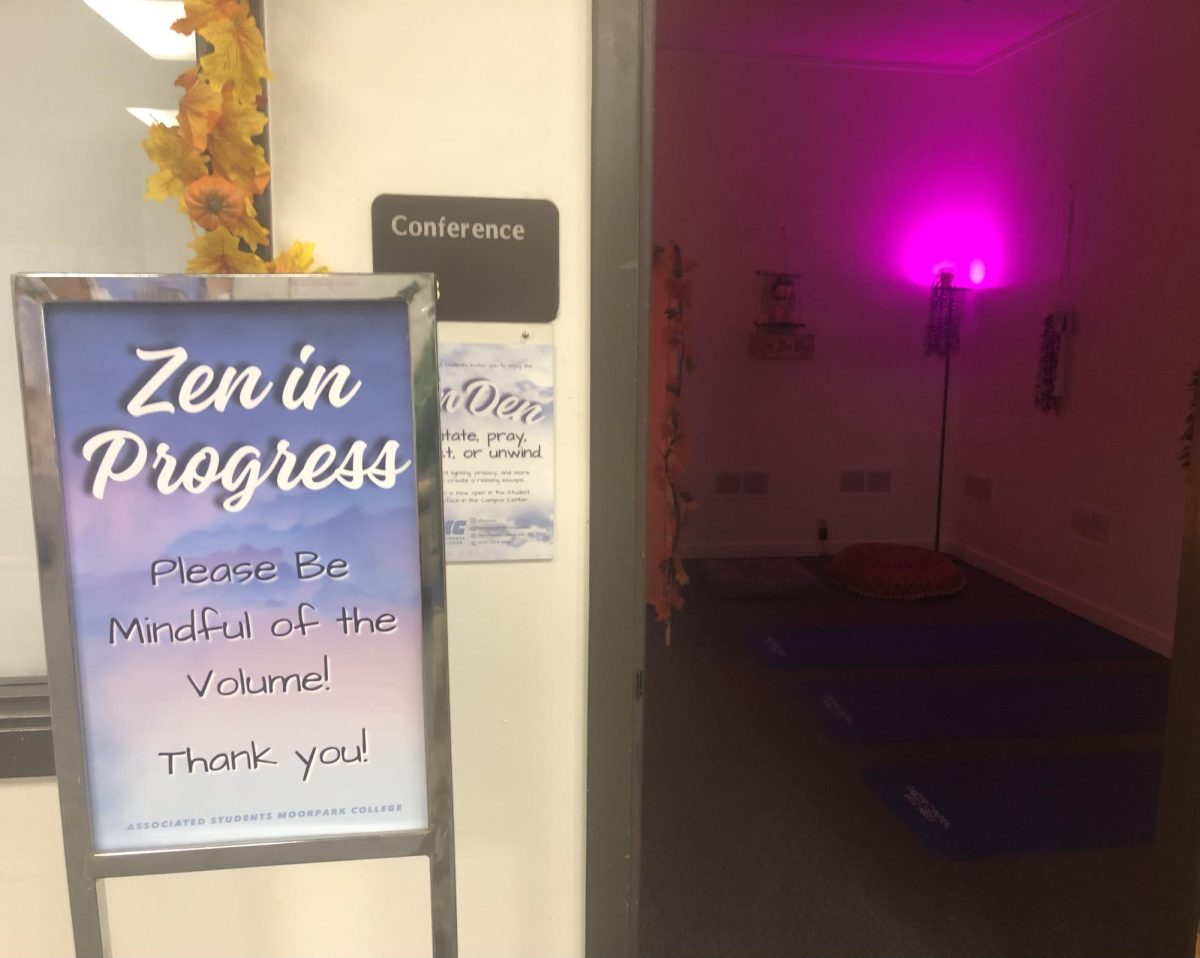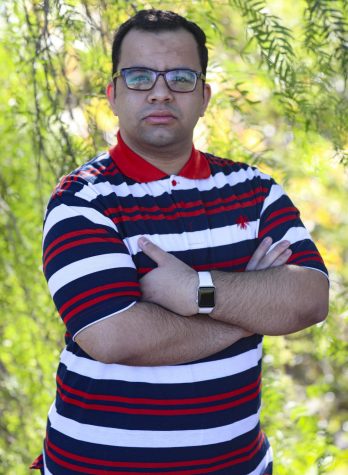Every year on March 20th, Iranians across the world celebrate Persian New Year, which is also known traditionally as Nowruz.
One of the many traditions of this celebration is to clean the house with family members. Children clean their room and the father will wash the car and carpets while the mother will clean the rest of the house.
There is another traditional Persian New Year celebration that is celebrated with fireworks on the last Wednesday of the year. They call this day Chaharshanbe Suri. While Chaharshanbe Suri has no real meaning in the English language, there are festivities held which involve fireworks, jumping over fire and overall having a fun time.
On the day of the Persian New Year, Iranians gather together with family. They sit together and design a haft-sin or a haft-seen. A haft sin is an arrangement consisting of seven specific items that start with the letter “S”.
Sabzeh (lentil) is symbolizing rebirth, senjed (the dried fruit of the oleaster tree) is symbolizing love, sir (garlic) is symbolizing medicine, sib (Apple) is symbolizing beauty and health.
Milad Mihani, student at Oxnard College, is a fan of the Persian New Year and celebrates it every year.
“Persian New Year, Nowruz, is a reason to be happy and to get together. Although we didn’t have the traditional gathering last year and this year, still it is an opportunity to be happy, call friends and ask how are they doing,” explained Mihani. “As well as the freshness in nature. This act of nature makes us and gives us the motivation to become better.”
Oxnard College student Alireza Sabeti is half Persian and half American. He was born in the US, but his parents are from Iran.
“Every year we are celebrating Nowruz. My favorite part of Nowruz’s special food served on the day of a new year is sabzi polo with mahi,” explained Sabeti.
Sabzi polo is an Iranian New Year food with vegetables, rice and mahi, which is fish. Families gather around a table until New Year’s Eve to give each other presents.
Two weeks after Nowruz, Persians celebrate Sizdah Be-dar, which is the traditional picnic day. Family and friends enjoy their picnics and the natural scenery in the morning then the children start to play while the adults talk amongst each other. A variety of foods and drinks are eaten such as kebabs.
Ali Soltani, student at Moorpark College, reminisced on past Sizdah Be-dar Soltani’s.
“Last year in Sizdah Be-dar, I went to the Arroyo Park and went to the park with my friends. I arrived and started to play basketball with my friends and after one hour, I cooked kebabs and after lunch, we talked and played volleyball, soccer and then I came home,” Soltani said. “My favorite Sizdah Be-dar ever happened before that.“


